
27.07.2015
Milena Bonilla and Natalia Valencia discuss the inscription of political contexts in animal behaviour and the politics of chocolate readings.

NV: Your project Un Bosque Encantado (An Enchanted Forest) takes place in the ancient Bohemian Forest, which before 1989 was divided between the Bavarian Forest Nature Park that now belongs to Germany, and the Šumava National Park that is now part of the Czech Republic. The piece explores a biological phenomenon discovered by a group of scientists led by Marco Heurich between 2002 and 2009. They found that the females of the native species of red deer have never crossed the — now invisible — Iron Curtain that went through there, even after the physical structure was removed in 1989. You propose the hypothesis that these deer are actually avatars of an anarchist animal movement. Can you explain how you came to imagine this scenario where the political context is inscribed in the animals’ behavior?
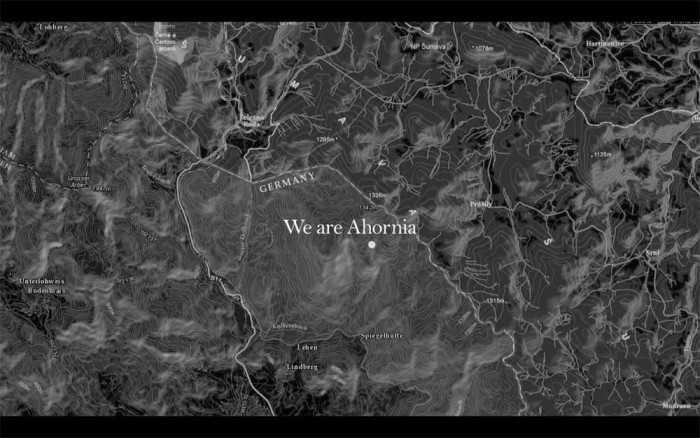
MB: I think my intention is to present parallel worlds within predetermined forms of a general understanding of history. The deer as avatar is important within the narrative, but its image in the project disappears, only its traces remain, expressed through the conversation with Marco, and in the anarchists’ declarations. This suggests different possibilities that can open up between the animal kingdom and history, between the definitions of authority of some entities regarding others, and between the biological and the social worlds as profoundly connected spheres. I don’t consider the anarchist group as something natural, necessarily, but as a possible parallel reality, juxtaposed with a series of evidences discovered through scientific methodologies.
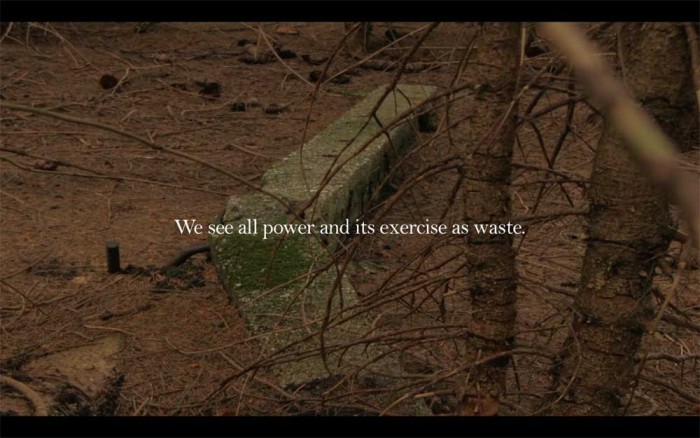
NV: How do you interpret the idea of anachronism, as understood from a political aspect, in nature?
MB: To start, I will use an example from Kafka’s short story, “A Report to an Academy” from 1917. When the protagonist, an ape named Red Peter, tells to the honorable members of the academy the story of how he managed to become human, he makes a cautionary note about the fact that everything he tells in his story related to the time when he had not yet mastered his speaking abilities, (i.e. before becoming human) should be taken with a grain of salt. What is communicated through human language cannot precisely express his previous experience as an animal. The moment Peter begins to talk, the universe of immanence in which he was before shuts in front of his eyes forever. By entering language, the animal is sacrificed, as the use of language grants him agency and “legalizes” him in front of the human sphere.
On the other hand, the history of Western legal systems is full of cases where self consciousness is “granted” to the animal; by those means, during certain animal trials, the beast “could” represent itself (sometimes supported by a human defense) even though it could not speak. As an example I can recall the story of a group of locusts that were condemned for eating a crop, and eventually were kicked out of the town in which the trial took place. Or, after a few days in court, a cat was sent to the gallows for killing his neighbor’s chickens in cold blood. All of this happened within a legal framework of prosecutors, witnesses, defense and judge. As far as I know, these rather local cases where common in Europe and some parts of the Americas until the early XX century.
Nowadays, the position of the law in regards to what is generally understood as nature is way more complicated, I would say, since large bodies/entities like the oceans, forests, savannas, or entire populations of certain animals are brought into the legal system along with a human representative that speaks for them. This does not happen in front of an excited and reduced crowd of witnesses looking for some punishment –as in the aforementioned smaller trials of the locusts and the cat– but in front of a body of powerful corporations (also represented by humans) from which nature should be protected.
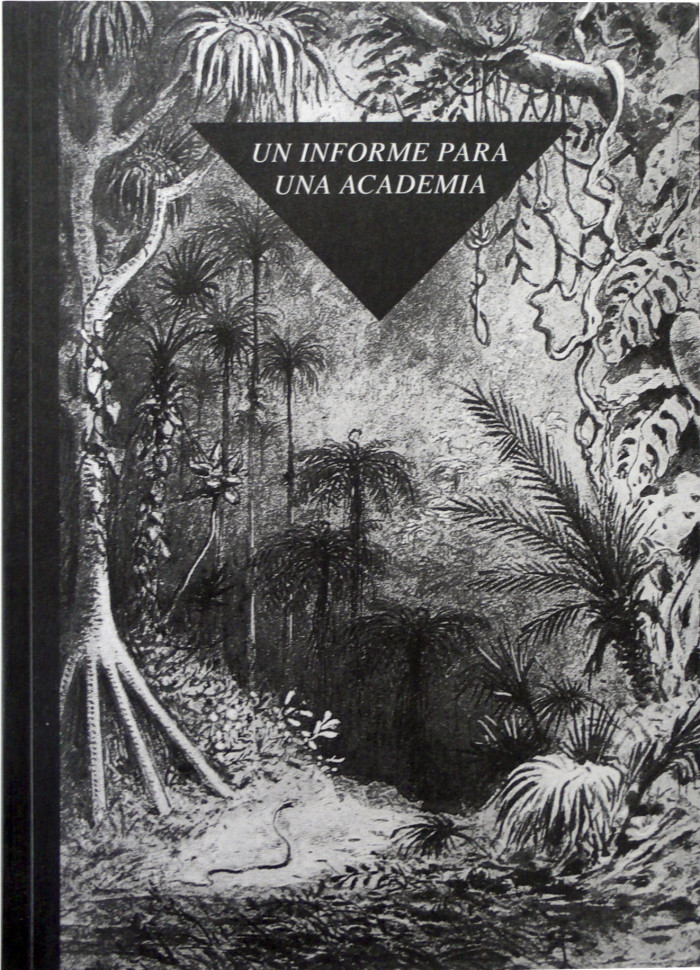
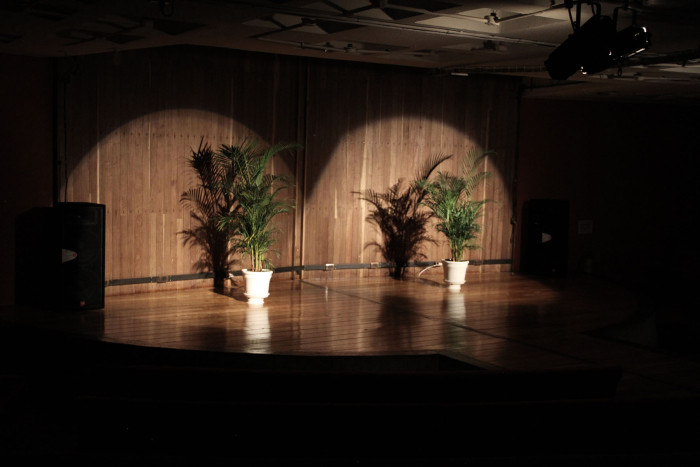
NV: You have been working lately with the notion of scrying or divination by ancient methods involving biological elements, such as the chocolate reading project that you develop in collaboration with Luisa Ungar. This form of reading opens up a channel to interpret a natural “other” (in this case, cocoa) that transmits politically charged messages. Given that this is a form of interruption or hybridization of rational thought by means of a divinatory process that is governed by other parameters, how do you reconcile these forms of knowledge?

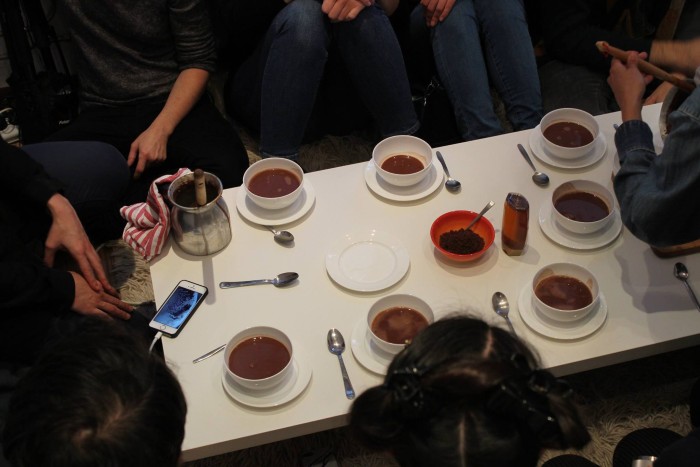
MB: What we do is track histories, anecdotes, images, remnants of the cocoa that become a constellation, a playground— if the reading permits. Thus we refer to ways of working with narratives and mapping that we have individually elaborated by different means and that now converse in the project. The images work as orientation tools in these relationships. We don’t see this as reconciliation, but as a way to contrast and weave these forms of knowledge. In fact, these crossovers happen in different ways in each reading, because they are sensitive to the people we are reading with, and also ourselves.
We are interested in the accidents that appear throughout, when the others in the group intervene, generating a certain type of conversation, playing with the images that emerge in the process. On the other hand, the reading releases an energy that is not controlled by anyone in the group. This helps us in thinking about the narcotic effect of the plant and its relationship to different affects — how we can be in dialogue with that manifestation of energy that is constantly opposing the productivity margin and the contemporary consumer culture in which the plant is inscribed.
Natalia Valencia: Some crows from Ajusco told me that you are very interested in the lives of their Parisian cousins. What do you talk to them about?
Milena Bonilla: Hmm, I don’t talk with them, but they manifest things that I try to read. I have to do these exercises very early or very late, because the street is too noisy during the rest of the day. I connect them and their squawks to forms of political organization, surveillance, and control of resources, affections and opportunistic actions.
More specifically, what I want is for them to bring me news from a chef that opened a successful restaurant during the Paris Commune in 1871, where the elaborated forms of haute cuisine were balanced by using ordinary street animals as ingredients, crows being amongst the few animals that were not included in the recipes. Weird, isn’t it? How does this sound: le chat flanqué de rats aux croutons…?
Comentarios
No hay comentarios disponibles.